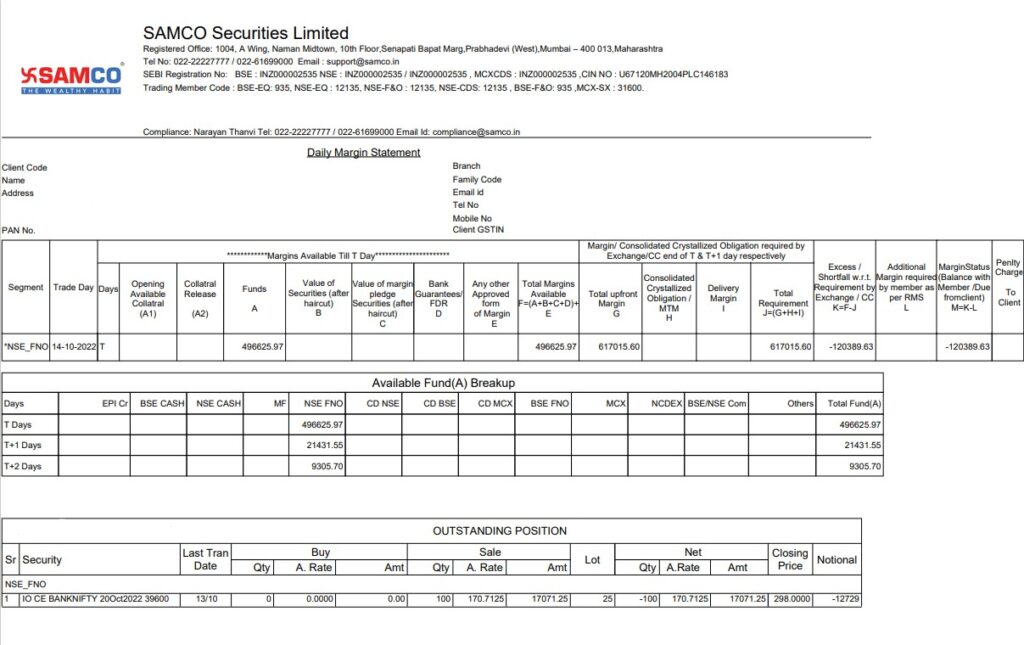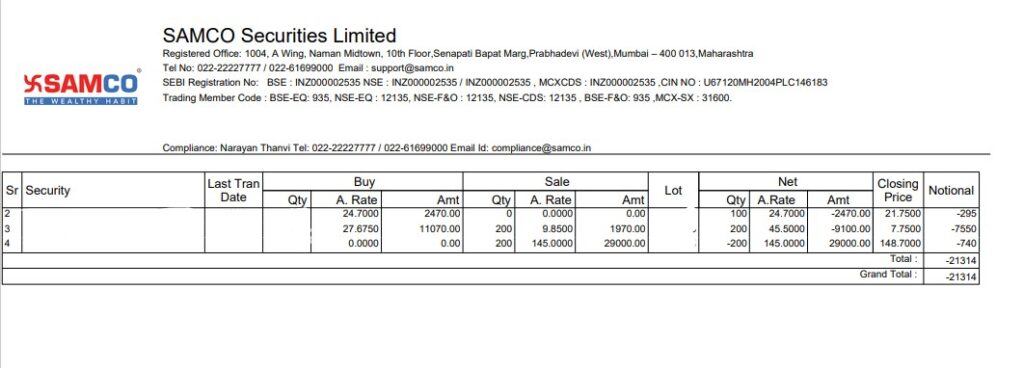The margin statement is not merely a piece of paper filled with numbers; it is a powerful ally that empowers users with transparency and accountability. By offering a clear snapshot of one’s position, it enables users to make informed decisions, manage risks, and seize opportunities with confidence.
Whether you are an investor or trader, the margin statement acts as a financial mirror, reflecting your successes and warning you of potential pitfalls. It helps you gauge the health of your investment portfolio, assess your borrowing capacity, and identify areas for improvement.
In conclusion, the margin statement is a vital component of the financial landscape, providing users with crucial information to navigate the complexities of investments. It arms individuals with knowledge, encouraging responsible decision-making and helping them achieve their financial goals. Remember, with the margin statement in hand, you hold the key to unlocking a world of financial control and resilience.
The Margin statement attempts to provide the following information:
• The availability of free margin in the account to open fresh positions;
• The margin required by the exchanges for the positions taken or retained.
• Margin deficiency in the account, allowing the clients to keep enough money on hand to prevent any margin penalties. Information on the stock valuation, if pledged.
The daily margin statement is sent to the registered email address on the days when the client has traded.


How to read it?
Looks really complex, doesn’t it? Don’t worry we will help you to understand the same.
Funds – (A): This column shows the fund balance after reversing the effect of T-day credits and debits of the Equity, F&O and CDS (Currency derivative) segments. Reversing means deducting the unsettled credit obligation and adding back the unsettled debit obligation because it takes T+1 day for Equity, F&O and CDS amounts to get settled.
Value of Securities – (B): This column shows the collateral margins. Collateral margins are the margins received from pledging the stocks after the applicable haircut. Annex B explains the breakup of securities pledged.
Total Margin Available (F (A+B+C+D+E)): This is a summation of A + B + C + D + E [Funds + Value of Securities after haircut + Value of pledged margin after haircut + Bank Guarantee/ FDR + Any approved Margin]. This amount can be used by you as margin for BUY or SELL trades.
Total Upfront Margin (required) (G): This column will tell you about the total upfront margin required for the today open positions and trades.
Consolidated Crystallized Obligation (H): This column shows the MTM margin requirement for all the trades yet to be settled.
Total Margin Required (J): This column shows the total upfront margin requirement i.e. total of column G,H&I.
Excess Shortfall (K): It shows if you have used all your available margin or if you need to deposit more funds to avoid a penalty. If the number is positive, then you have funds available to be used as margin. On the other hand, if the number is negative, then you need to deposit funds to your Samco Ledger
Additional Margin as per RMS(L): This column shows if there is any additional margin blocked by us as an additional margin.
Margin Status (M): This column shows the excess amount after margin requirement. A negative balance implies no balance available and you need to deposit funds to trade.
Penalty: This column shows if there is any penalty amount levied to your account.
Now that you understand the individual components of a Daily Margin Statement, you can understand the margin amount utilized by you and how much you have available for trade the next day. This statement gives you a bird’s-eye view of the margin balance and helps you plan your trades accordingly.


 Easy & quick
Easy & quick
Leave A Comment?